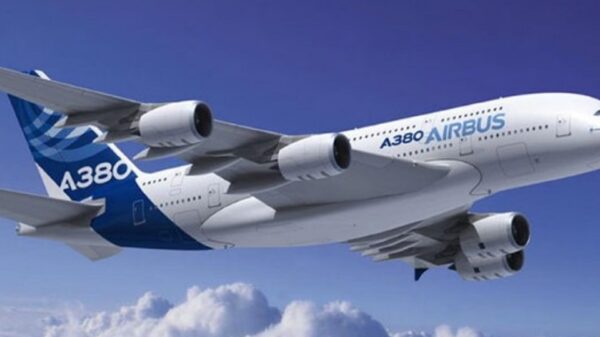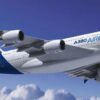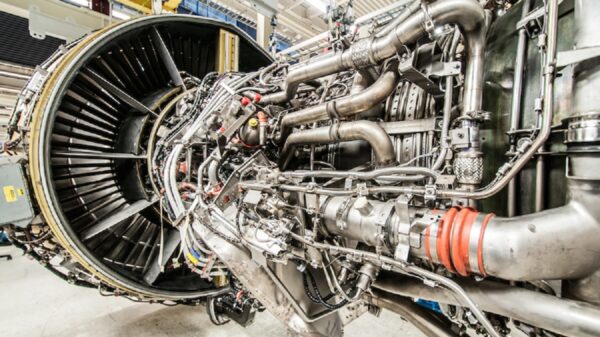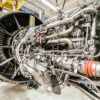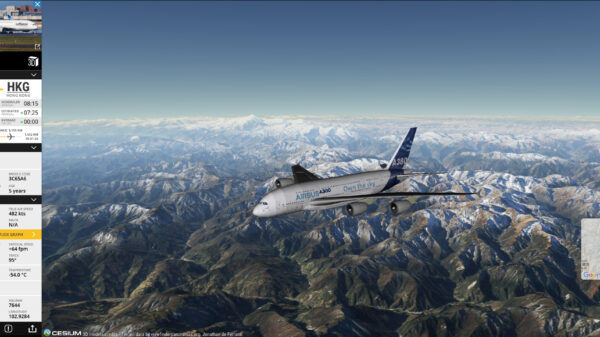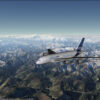Extensive Aircraft Testing: Pushing the Limits for Safety and Performance | Fluctus Channel
Welcome back to the Fluctus Channel, where we explore the fascinating world of aircraft testing. From the early days of trial and error to today’s advanced engineering techniques, companies invest significant time and resources into testing their aircraft designs. Join us as we delve into the crucial testing methods used by major manufacturers like Boeing and Airbus to ensure safety and performance.
Section 1: The Importance of Testing (00:03–01:09) Since the inception of aviation, thorough testing has been vital to evaluating aircraft designs. With the advent of sophisticated computer models and improved engineering techniques, designers can approximate a model’s performance. However, extensive testing remains essential to eliminate uncertainties and ensure optimal functionality. Both military and civilian planes undergo rigorous evaluations to guarantee their reliability.
Section 2: Boeing’s Vertical Takeoff Tests (01:09–03:23) Boeing, a prominent commercial aircraft manufacturer, has a longstanding commitment to testing its aircraft. One of their rigorous test procedures involves vertical takeoff tests. Pilots execute sharp turns, descents, and vertical climbs to assess the aircraft’s capabilities. While such manoeuvres are rare during regular passenger flights, these tests provide crucial insights into the aircraft’s emergency performance.
Section 3: Airbus and Extreme Scenarios (03:23–08:45) The French aerospace company Airbus also prioritises thorough testing for its commercial and military planes. They subject their aircraft to extreme scenarios, including intense weather testing. Cold weather evaluations ensure the aircraft can withstand freezing temperatures, while hot weather testing examines how components behave under high temperatures and low air density. Negative gravity tests and engine-out simulations are conducted to assess safety and recovery capabilities.
Section 4: Boeing’s Rejected Takeoff and Crosswind Landing Tests (08:45–13:15) Boeing employs high-risk tests like rejected takeoffs, where pilots simulate abrupt braking at high speeds, and crosswind landing tests to evaluate the aircraft’s performance in challenging conditions. Skilled pilots execute crabbed approaches and align the plane with the runway just before touchdown. These tests ensure safe operation even in adverse circumstances.
Section 5: Airbus’s Water Ingestion Test (13:15–15:18) To address the challenges of heavy rain during takeoff, Airbus engineers have designed their aircraft to manage water ingestion effectively. They conduct specialised tests where the aircraft drives through pools of water at varying speeds. This evaluation guarantees that the engines can handle water without stalling or malfunctioning, ensuring passenger safety during inclement weather.
Conclusion (15:18–16:26) Aerospace engineers rely on comprehensive testing to instill confidence in the aircraft they produce. From extreme weather conditions to emergency situations, these tests allow manufacturers to fine-tune their designs and ensure the utmost safety and performance.


